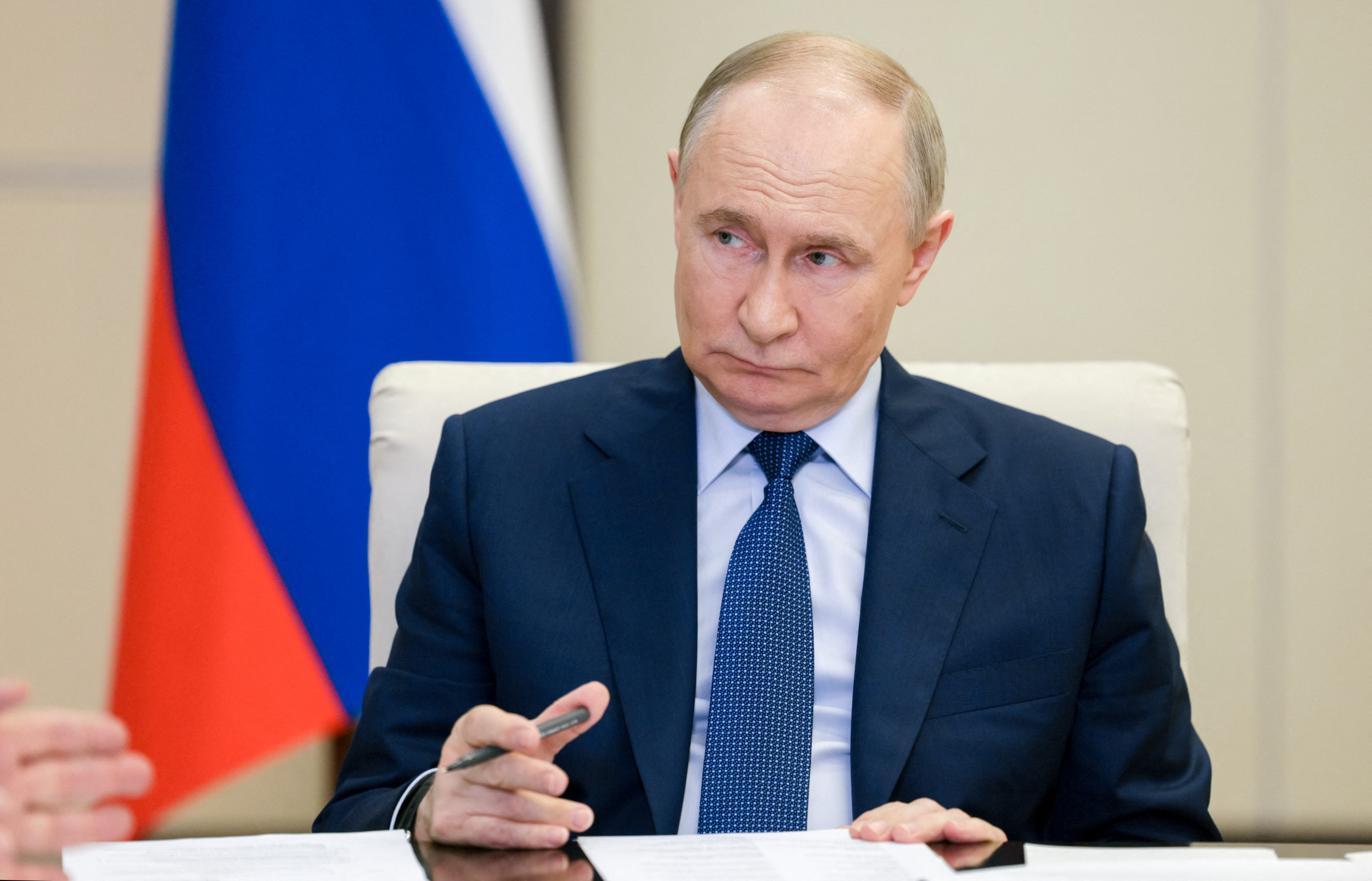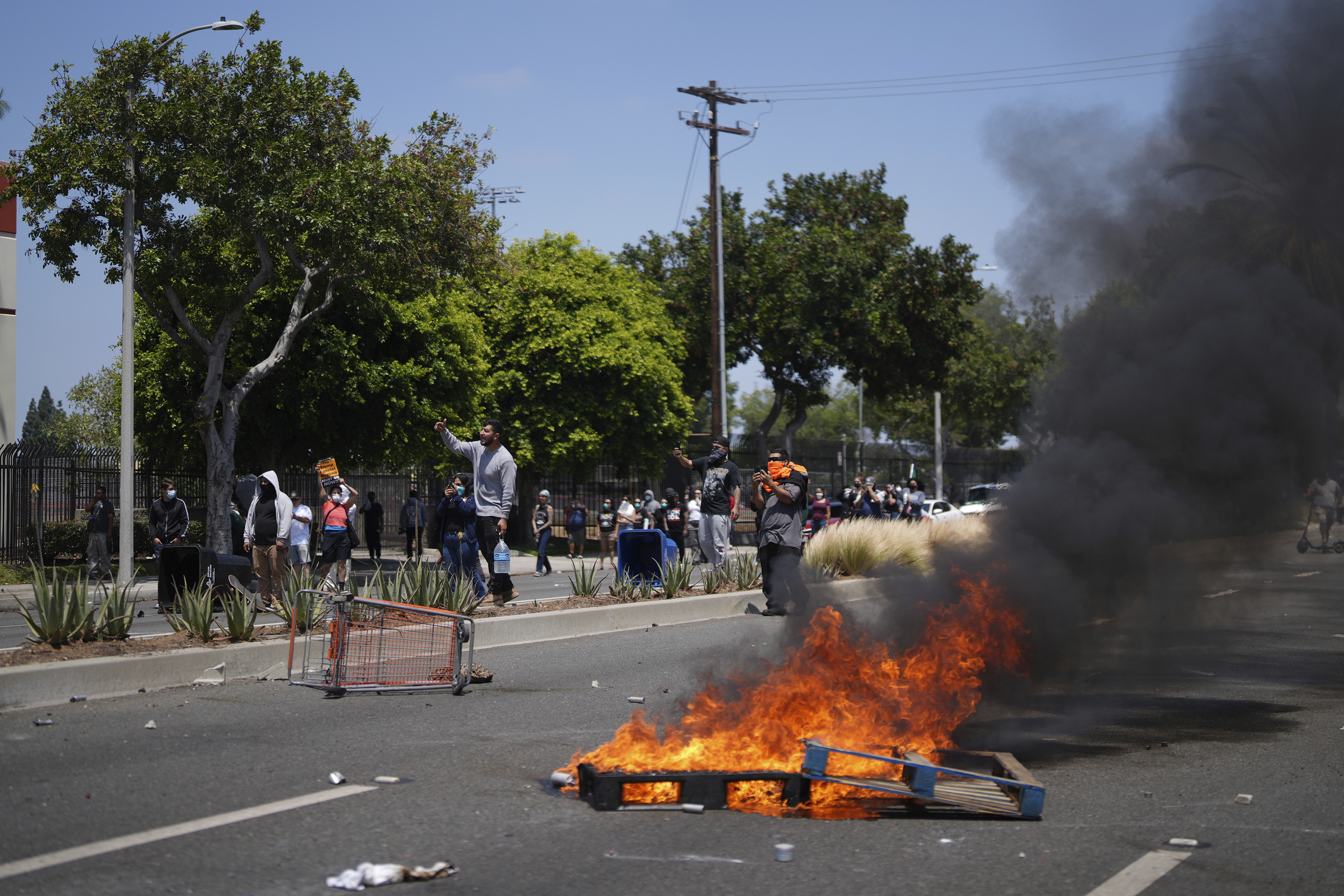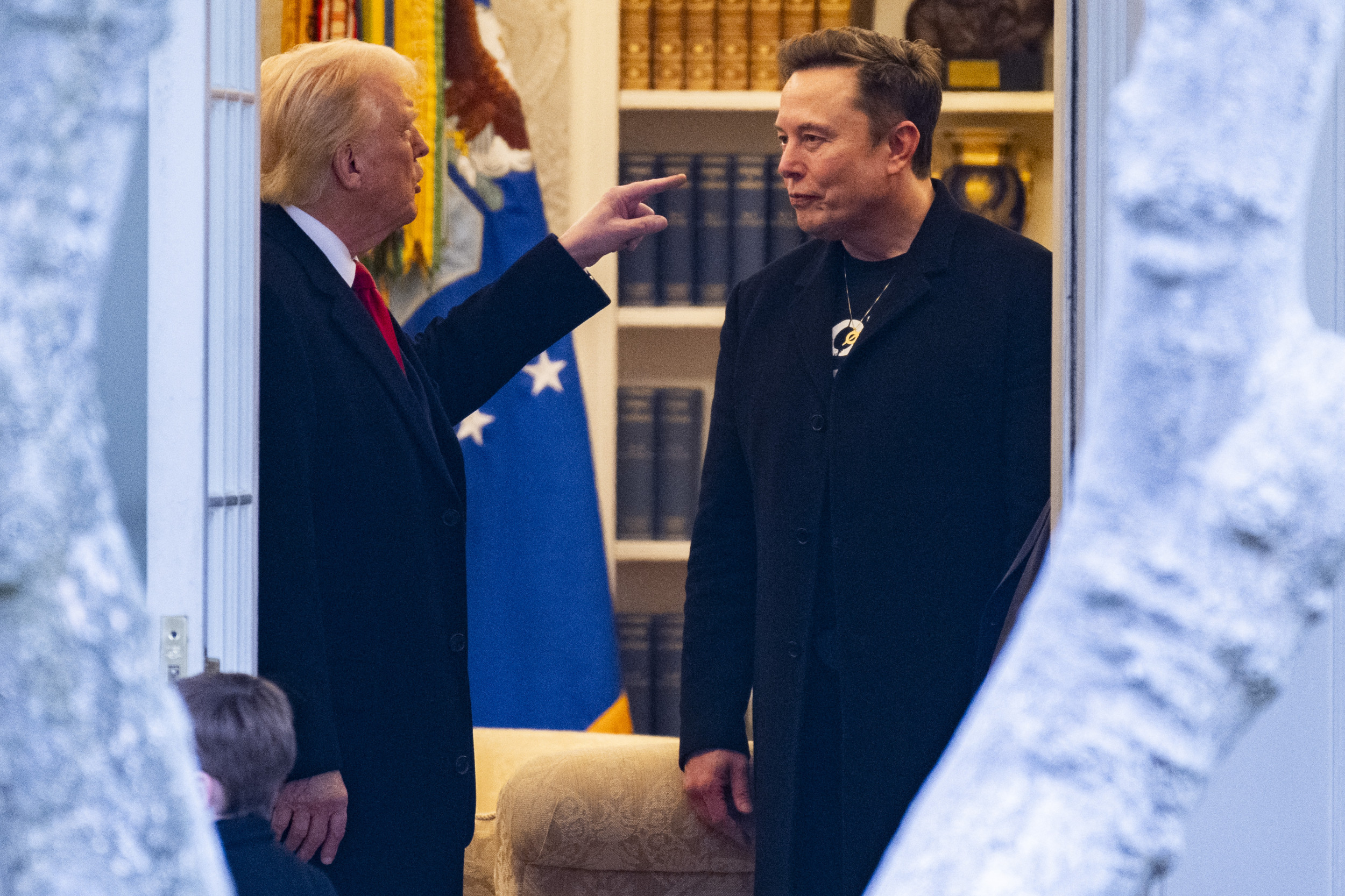🎙️ Voice is AI-generated. Inconsistencies may occur.
Catholic cardinals have elected a new pope, with white smoke billowing from the chimney above the Sistine Chapel. The world now waits to find out who will lead the Catholic Church.
You can watch our live stream video from the Vatican below, with the new pope set to appear on the Vatican balcony soon and be named.
White Smoke Signals a New Pope
White smoke poured from the chimney of the Sistine Chapel and the great bells of St. Peter's Basilica tolled Thursday evening after cardinals elected the 267th pope to lead the Catholic Church.
The crowd in St. Peter's Square erupted in cheers, priests made the sign of the cross and nuns wept as the crowd shouted, "Viva il papa!" after the white smoke wafted into the late afternoon sky.
The smoke signal means the winner secured at least 89 votes of the 133 cardinals participating in the conclave to elect a successor to Pope Francis.

Habemus Papam! Meaning
The name will be announced later, when a top cardinal utters the words "Habemus Papam!" — Latin for "We have a pope!" — from the loggia of the basilica. The cardinal then reads the winner's birth name in Latin and reveals the name he has chosen to be called.
The new pope is then expected to make his first public appearance and impart a blessing from the same loggia.
What Is a Conclave? How Secretive Papal Election Works
The word "conclave" originates from the Latin cum clave—meaning "with a key"—a fitting description for the seclusion and secrecy that surrounds the election of a new pope. During the conclave, the cardinal electors are completely cut off from the outside world.
The process was formally initiated on Wednesday afternoon by a dramatic moment steeped in tradition: the pronouncement of Extra Omnes—Latin for "everyone out." With these words, the master of papal liturgical ceremonies ordered all non-electors to leave the Sistine Chapel.

The Sistine Chapel Signal: Smoke and Bells
Ballots are incinerated after each voting session in a special stove in the Sistine Chapel. The smoke emitted signals the result: black smoke means no decision; white smoke, that a new pope has been elected.
To avoid confusion, chemical cartridges are used to ensure clarity. Bells also ring out across St. Peter's Square when a new pontiff is chosen.
The moment culminates with the iconic proclamation: "Habemus Papam!" ("We have a pope!") The new leader of the Catholic Church then appears on the balcony above the square, offering his first public blessing.
What Makes a Cardinal a 'Papabile'
The term "papabile" refers to a cardinal considered a serious contender to be elected pope. While there is no formal list, "papabili" are often identified based on their leadership roles within the Church, theological influence, international stature, and perceived ability to unite various factions within the College of Cardinals. Media speculation and insider commentary typically play a large role in elevating certain figures to papabile status ahead of a conclave.
Despite the attention given to papabili, the election of a pope can be unpredictable. History has shown that frontrunners are not always chosen—John XXIII and Francis, for example, were both considered long shots before their election. The secretive nature of the conclave and the interplay of ideology, geography and Church politics make predicting the next pope inherently uncertain, even when certain cardinals appear prominent on paper.
Who Can Vote in the Conclave—and Be Elected Pope?
Only cardinals under the age of 80 are eligible to vote, though the rules formally cap the number of electors at 120. In practice, that limit is often exceeded. This time, 135 cardinals will be eligible. Cardinals over 80 may attend preliminary discussions, or general congregations, but cannot vote. Cardinals over age 80 can be elected pope, even if they can't be in the room to cast a ballot.
Any baptized Catholic male can, in theory, be elected pope. However, since 1378, the position has always gone to a cardinal—sometimes even one over age 80.
Who Is Favorite to Be New Pope?
As of Tuesday, Polymarket lists the following odds based on total trading volume of more than $17.6 million:
- Pietro Parolin—26 percent likelihood, with more than $1.1 million in bets.
- Luis Antonio Tagle—20 percent, with $1.26 million wagered.
- Matteo Zuppi—11 percent, with $837,000 in trading volume.
- Pierbattista Pizzaballa—9 percent, with $861,000 wagered.
These four candidates are the only ones with more than a 10 percent chance of winning, creating a clear tier of favorites going into the conclave. Other notable names such as Péter Erdő, Peter Turkson, and Jean-Marc Aveline remain in the single-digit range, suggesting a sharp drop-off in perceived viability beyond the top four.
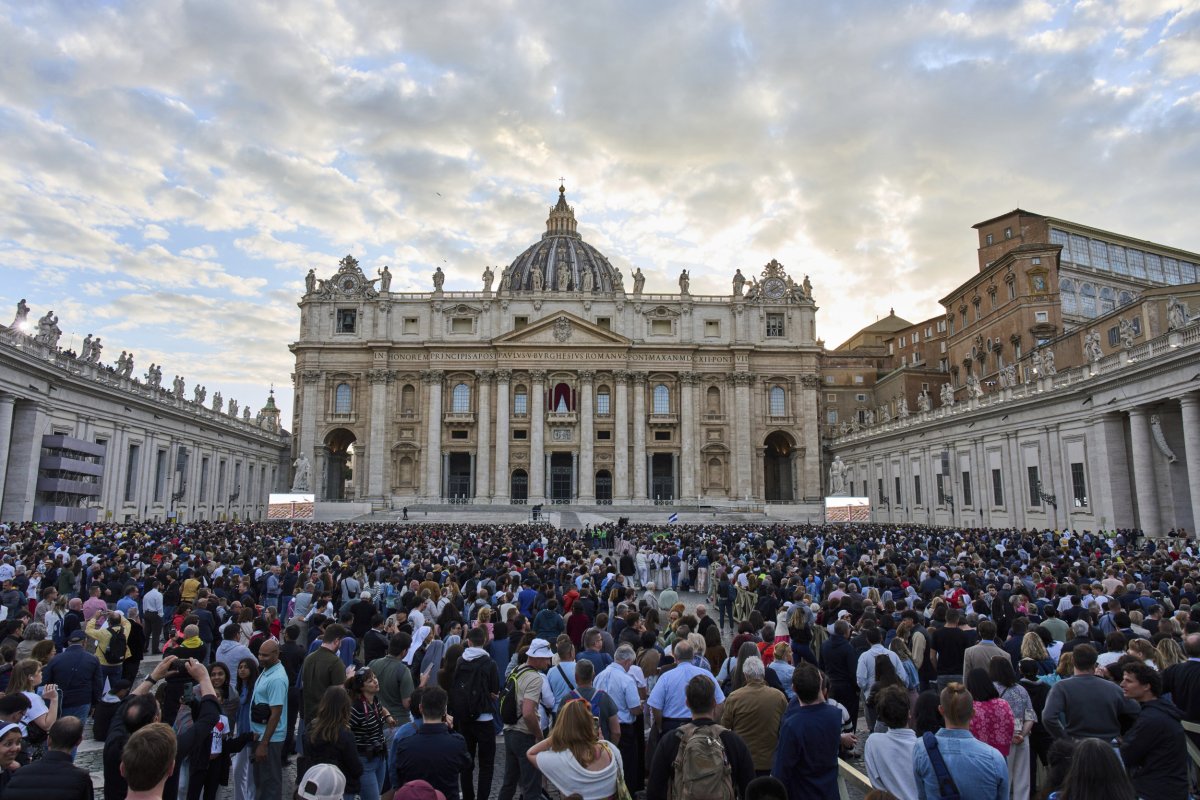
Who Are the Cardinals Electing the New Pope?
The countries with the most electors are: Italy (17), the United States (10), Brazil (7), France and Spain (5 each), Argentina, Canada, India, Poland and Portugal (4 each).
Here is a regional breakdown of the full 135 cardinal electors, according to Vatican statistics and following the Vatican's geographic grouping.
- Europe: 53. (An elector who says he's skipping the conclave is from Spain, so the actual number of Europeans is expected to be 52.)
- Asia (including the Middle East): 23
- Africa: 18. (Another elector who says he's skipping the conclave is from Kenya, so the number of Africans is expected to be 17.)
- South America: 17
- North America: 16 (of whom 10 are American, 4 are Canadian and 2 are Mexican)
- Central America: 4
- Oceania: 4 (1 each from Australia, New Zealand, Papua New Guinea and Tonga)
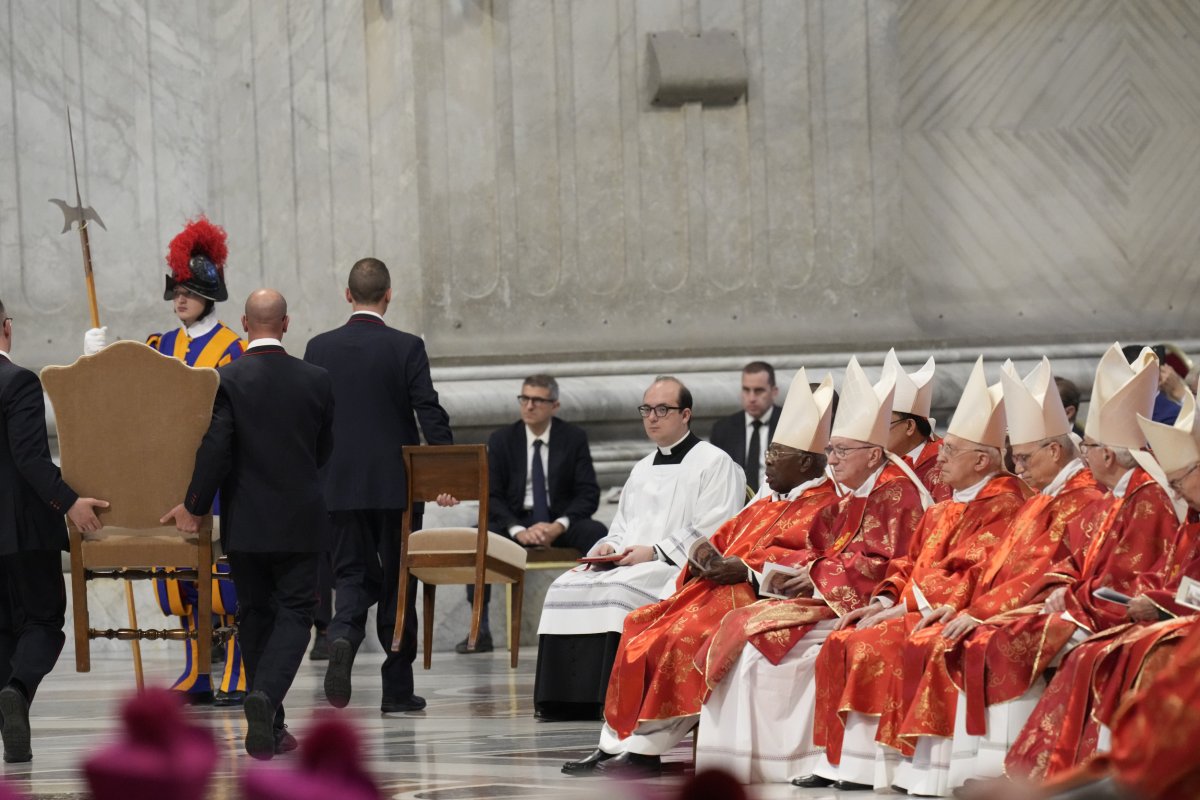
Where Do Cardinals Stay During the Conclave?
During the process, the electors will reside at the Domus Sanctae Marthae, the Vatican guesthouse, although overflow accommodations may be used due to the large number of participants.
What Rules Changed Under St. John Paul II?
The current framework largely follows the rules established by St. John Paul II in 1996. Though Pope Benedict XVI amended these guidelines twice, the core procedures remain intact. Most notably, Benedict eliminated the possibility of electing a pope by a simple majority, reinforcing the requirement of a two-thirds vote—even after extended stalemates.
Pope Francis did not modify the voting process itself but has influenced its character: 108 of the 135 eligible cardinals were appointed by him, potentially shaping the ideological and pastoral direction of the Church's future.
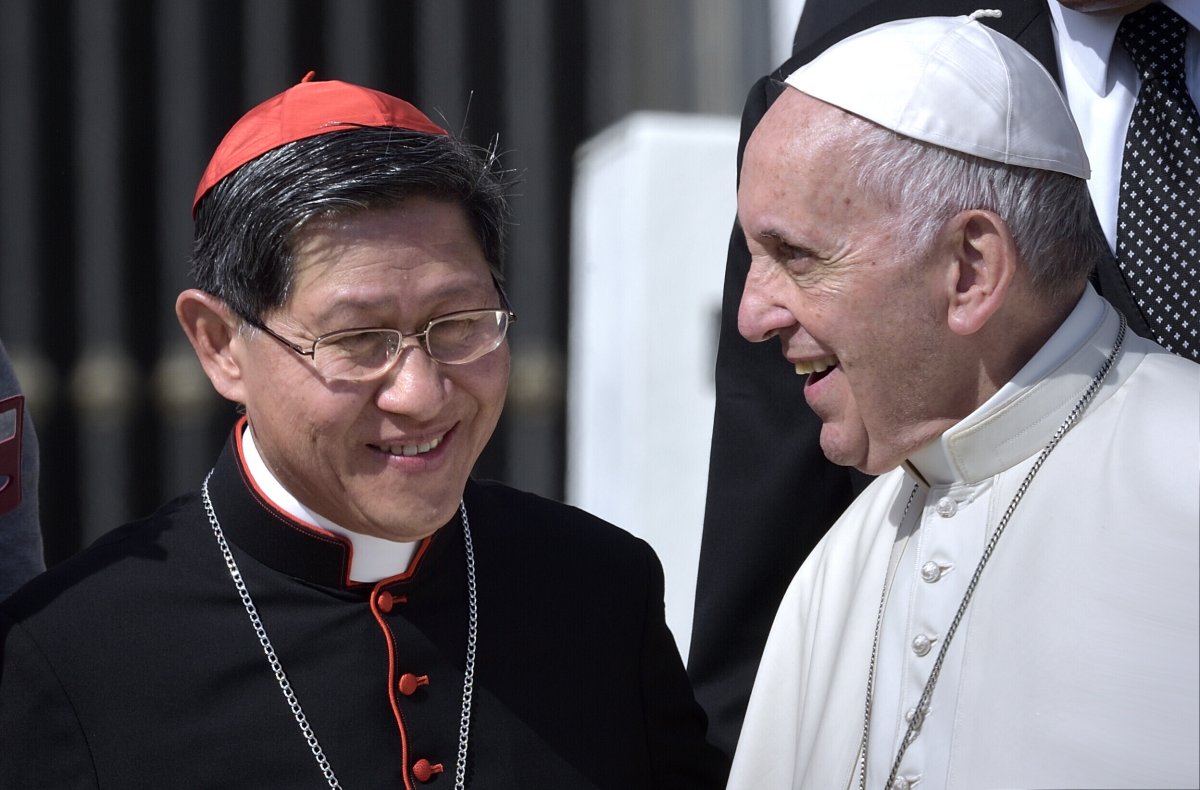
Why Aren't Women Involved in the Conclave?
Under current Catholic doctrine, only men may become priests, based on the belief that Jesus chose male apostles. As such, women are excluded from the priesthood—and, by extension, from eligibility for the papacy or participation in the conclave.
The Cloak of Secrecy Around Vatican
Secrecy is paramount. Pope Benedict XVI reinforced rules that impose automatic excommunication on anyone who reveals what transpires within the conclave. Liturgical aides and secretaries must swear an oath of "absolute and perpetual secrecy," explicitly forbidding the use of any recording devices.
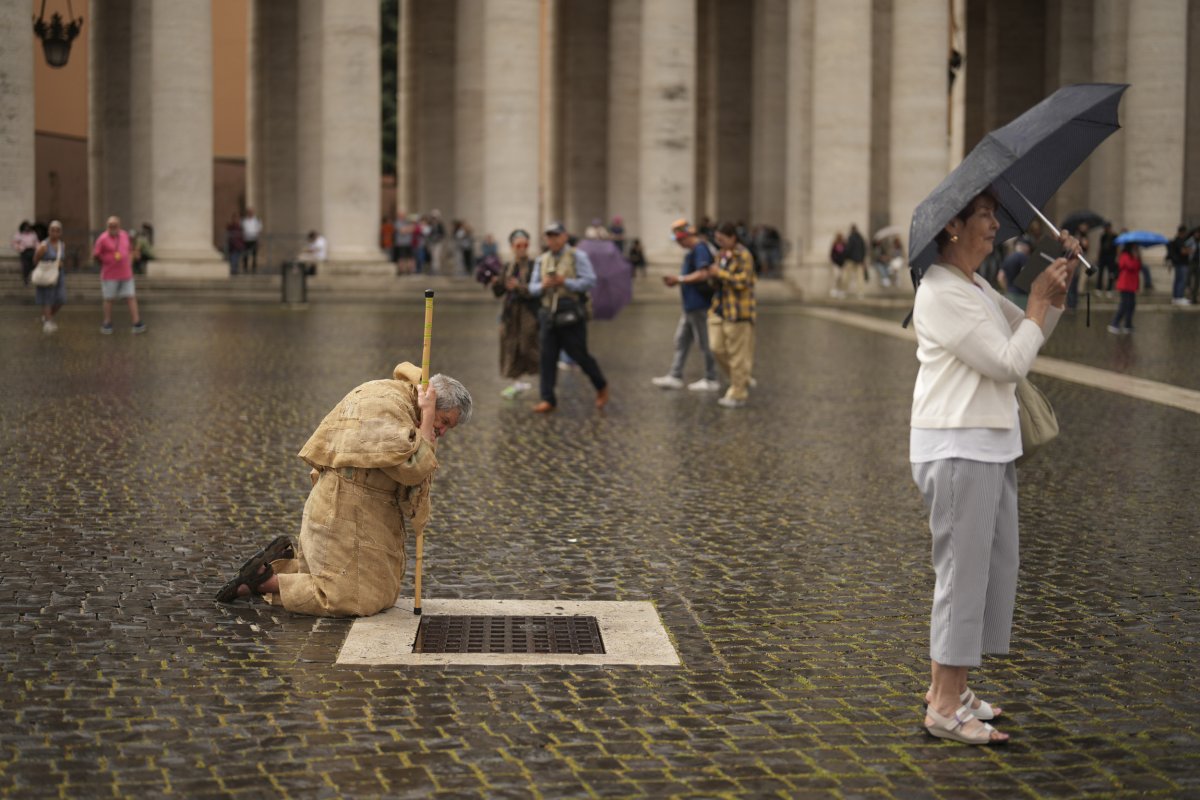
The Longest Conclave Ever
The Catholic Church's longest-ever papal conclave began in November 1268 and did not conclude until September 1271, a staggering 1,006 days later. The agonizingly drawn-out process to elect a successor to Pope Clement IV unfolded in the central Italian town of Viterbo, north of Rome—and it left a permanent mark on Church history.
The term conclave itself—meaning "under lock and key"—originated from this episode. As the impasse dragged on, frustrated townspeople took matters into their own hands, literally locking the indecisive cardinals inside the meeting hall and even removing the roof to speed the process. The tactic worked. The conclave finally produced a pope: Gregory X.
The election was the first to be resolved by compromise, a method allowed under Church law whereby a small committee of cardinals is empowered to make a final decision. The deadlock had stemmed from factional divisions between supporters of the papacy and loyalists to the Holy Roman Empire, reflecting the broader geopolitical tensions of medieval Christendom.

The Shortest Conclave Ever
In the early centuries of the Catholic Church, papal elections could be startlingly swift. Before 1274, it was not unheard of for a new pope to be chosen on the very day his predecessor died. That changed with ecclesiastical reforms introduced under Pope Gregory X, who mandated a minimum 10-day waiting period to allow time for prayer and reflection—and for distant cardinals to travel to Rome.
That interval was later extended to 15 days, a practice still observed today to accommodate global participation. Yet even within those constraints, conclaves have varied dramatically in length.
The quickest known conclave under the post-1274 rules took place in 1503, when Pope Julius II was elected within hours, according to Vatican historian Ambrogio Piazzoni. The outcome reflected political alignment among the cardinals rather than drawn-out debate.
In more recent history, conclaves have typically lasted just a few days. Pope Francis was elected in 2013 on the fifth ballot. His predecessor, Benedict XVI, was chosen in 2005 on the fourth, while Pope Pius XII required only three ballots in 1939—a rare example of overwhelming early consensus.
Despite the procedural formalities and global anticipation, the conclave remains one of the most unpredictable events in the Catholic Church—where unity, divine guidance, and human politics intersect behind closed doors.
fairness meter
About the writer
Barney Henderson is Newsweek's Content Editor, based in London, U.K. Barney joined Newsweek from The Times of London, and previously ... Read more
